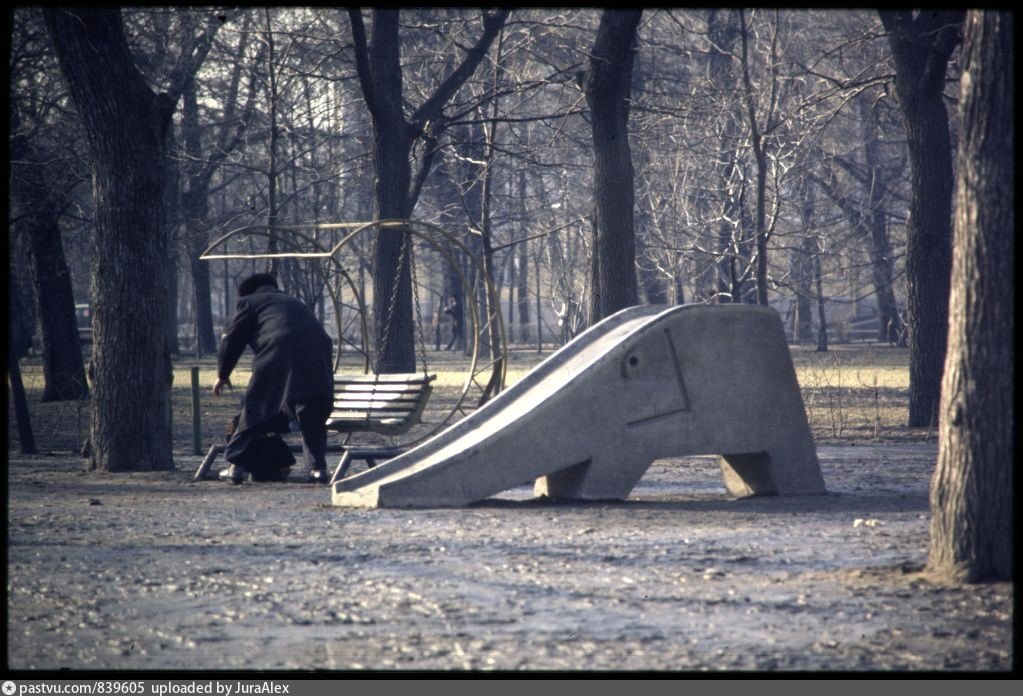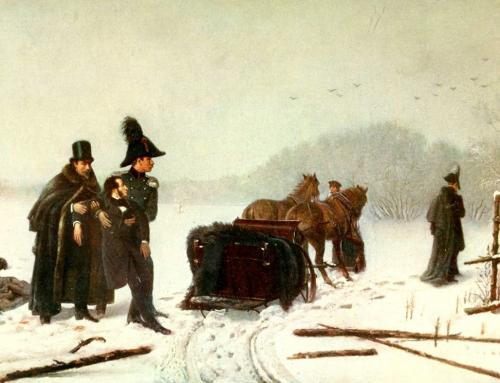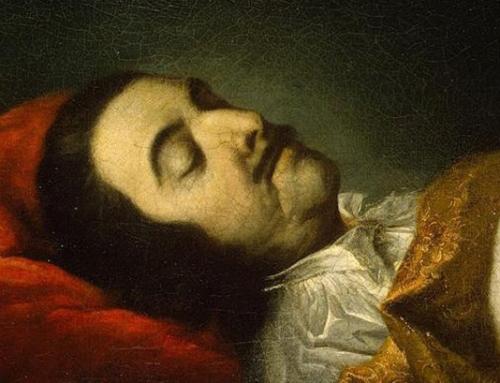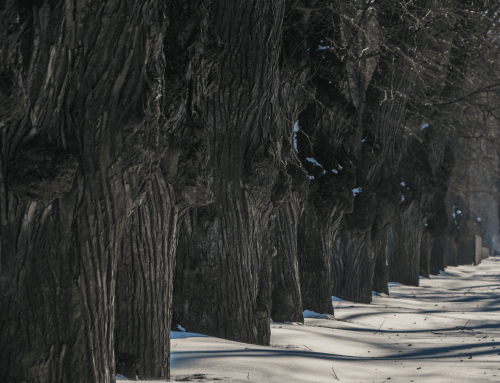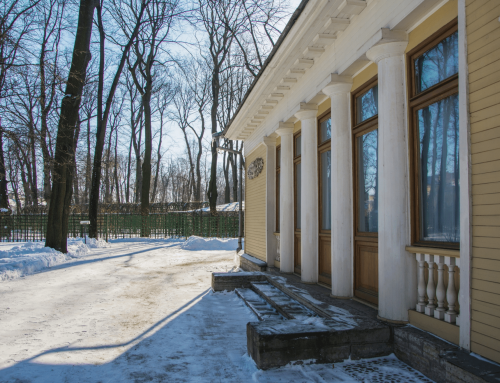Skip to content
:Home/KINDERGARTEN IN MIKHAILOVSKY GARDEN
KINDERGARTEN IN MIKHAILOVSKY GARDEN
Everyone who regularly visits the Mikhailovsky Garden, especially visitors with children, is familiar with the playground located in the southwestern corner of the garden. Let’s trace the history of its appearance in the garden
From 1825 to 1895, the Mikhailovsky Garden was the private property of the family of Grand Duke Mikhail Pavlovich. There were no special playgrounds for the games of the daughters of the Grand Duke in the garden. This can be seen in the fixation report drawing drawn up by Carl Rossi in 1826. Usually, the fun of young princesses took place on the lawns of the garden. During this period, Mikhailovsky Garden is closed to the public and is used exclusively by the grand ducal family.
During the management of the Mikhailovsky Garden by the Russian Museum in 1895-1922, the garden was opened to certain segments of the city public. In winter, a skating rink was arranged on the pond for visitors. In 1915, the administration of the museum allowed the pupils of the Cadet Corps of Emperor Alexander II to use the garden for walks and games from 12.30 to 13 hours and from 16 to 18 hours. Despite this, during this period, a playground for children’s games was not arranged on the territory of the Mikhailovsky Garden. On the plan of the garden of the Russian Museum in 1919, on the site of a modern playground, there is a vegetable garden for museum employees, set up in 1917.
The first playgrounds for sports activities and children’s games appear in the Mikhailovsky Garden during the period when the garden was managed by the city’s garden and park economy in 1922-1999. In 1923, work began on the re-equipment of the garden for the active recreation of children.
In 1935, the Mikhailovsky Garden was renamed the MOPR Kindergarten (International Organization for Assistance to the Fighters of the Revolution). The garden is intended for children’s games and sports activities. By this time, many sites with sand and crushed stone have appeared on its territory. They could be used for sports activities and active games, but the garden plan of 1939 does not show a playground with stationary equipment.
A playground equipped with stationary equipment first appears after the reconstruction of the Mikhailovsky Garden in the late 1950s. It was arranged on the site for exhibitions and has survived to this day. In subsequent years, the range and type of equipment (slides, swings, carousels) changed depending on the change in the design of the city-wide children’s equipment. In photographs from the 1970s, one can see metal swing benches and concrete elephant slides that were installed in playgrounds in all courtyards of Leningrad. In the 80s of the XX century, animal figurines carved from wood appeared on the site – a very popular theme of decorating playgrounds in those years.
In 1999, the Mikhailovsky Garden was transferred back to the jurisdiction of the Russian Museum. During the restoration of the garden in 2000-2005, the playground equipment was completely replaced.
At present, the equipment of the playground of the garden is both physically and morally outdated. Therefore, the museum administration is looking for sponsors to help renovate the playground of the kindergarten. So that the next generations of townspeople can grow up in a cozy playground located in the southwestern corner of the Mikhailovsky Garden.
#gardens of the Russian Museum #Mikhailovsky Garden #summer Garden #RussianMuseum #rusmuseum_gardens #igardens



